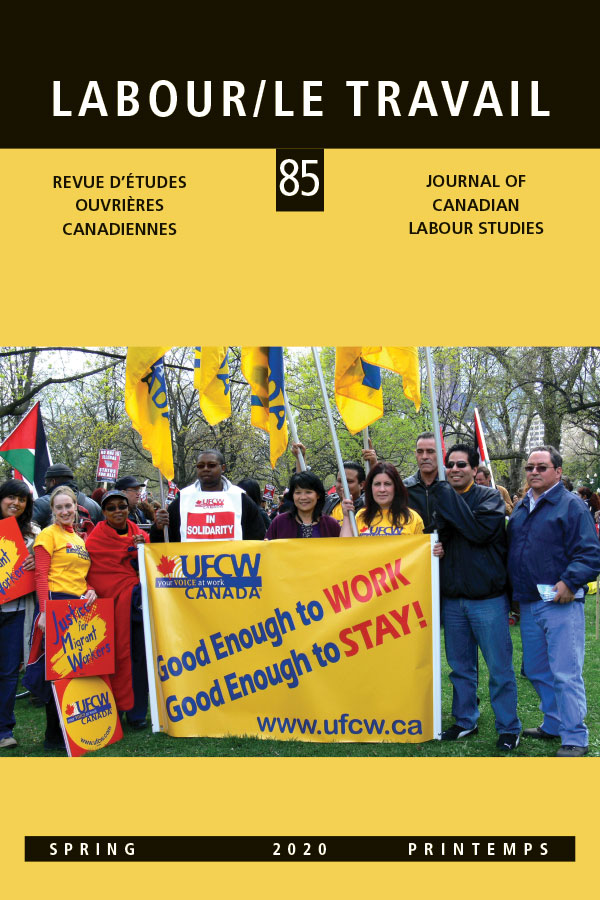Published 2020-07-05
Keywords
- American Socialist Party,
- pro-Moscow Communist Party,
- Trotsky,
- Bukharin,
- Communist Party
- Workers Party,
- Socialist Party of America ...More
How to Cite
Abstract
In the early years of the Great Depression, the American Socialist Party (sp) attracted left-wing youth and intellectuals at the same time that it faced the challenges of distinguishing itself from the Democratic Party of Franklin D. Roosevelt. By 1936, as its right-wing historic leadership (the “Old Guard”) left the sp and many of the more left-wing members of the sp had decamped, the party dwindled to a shell of its former strength. This article examines the internal struggles within the sp between the Old Guard and the left-wing “Militant” groupings and analyzes how the groups to the left of the sp reacted, particularly the pro-Moscow Communist Party and the supporters of Trotsky and Bukharin who were organized into two smaller groups, the Communist Party (Opposition) and Workers Party.
Dans les premières années de la Grande Dépression, le Parti socialiste américain a attiré des jeunes et des intellectuels de gauche en même temps qu’il était confronté au défi de se distinguer du Parti démocrate de Franklin D. Roosevelt. En 1936, alors que sa direction historique de droite (la «vieille garde») quittait le Parti socialiste américain et que bon nombre des membres les plus à gauche du Parti socialiste américain avaient décampé, le parti a perdu de sa vigueur. Cet article examine les luttes internes au sein du Partie socialiste américain entre la vieille garde et les groupements «militants» de gauche et analyse la réaction des groupes à gauche du Parti socialiste américain, en particulier le Parti communiste pro-Moscou et les partisans de Trotsky et Boukharine qui ont été organisés en deux petits groupes, le Parti communiste (opposition) et le Parti des travailleurs.
